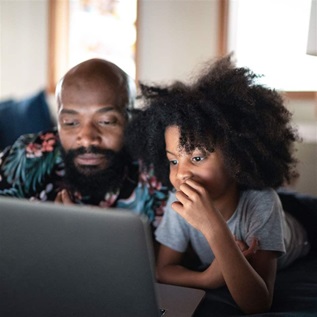Tracking the Costs of Mail Voting in Washington
The Washington secretary of state’s office is featuring new research on the costs of transitioning the state to mail voting. The study covers the period from 1992, when 17.5 percent of Washington’s ballots were cast by mail, to 2012, when the state began running all elections by mail. Among the findings:
- The cost per ballot was $2.87 in 1992 and $3.24 in 2012 (adjusted for inflation).
- The peak cost in a presidential election was $3.41 per ballot in 2008.
- The highest cost in a midterm election occurred in 2006 at $3.04 per ballot.
The research attributes this period of high costs to the start-up expenses many counties incurred during the transition from the polling-place model to the new system of mail voting. More years of data are needed to know whether the cost decreases that began in 2010 will continue or if vote-by-mail will be consistently more expensive to administer than polling-place elections.
Other jurisdictions have also reported a need for long-term data on the costs of voting by mail before deciding to change their method of voting.
Follow us on Twitter using #electiondata and get the latest data dispatches, research, and news by subscribing today.









